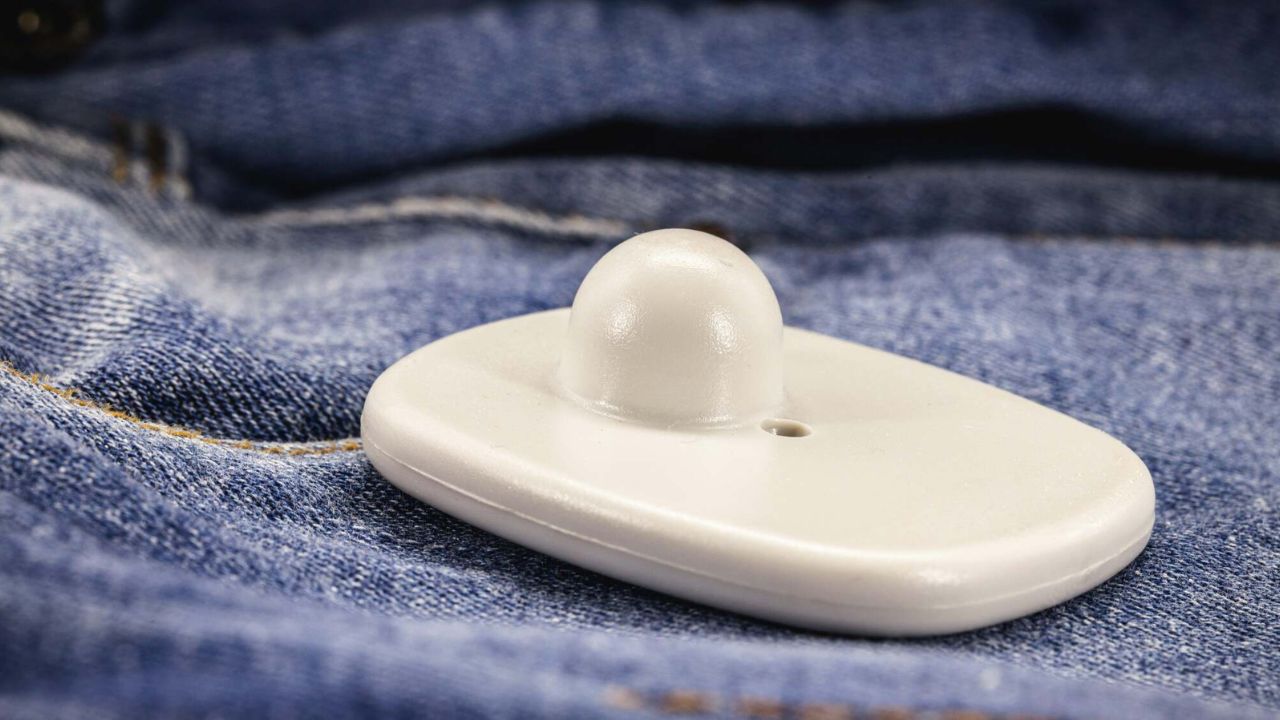The discovery of security tags on new clothing items after purchase creates one of the most irritating situations for shoppers. The store recommendation for professional removal stands, but you might encounter situations where a store return becomes impossible. Learning the proper methods is important for how to take off security tag off clothing to save time and protect your garments from damage. The experts state that proper care during removal is essential to protect new clothing items and prevent ink leakage from specific tags.
Understanding Different Types of Security Tags
The first step to remove a security tag requires proper identification of its type. The majority of security tags exist as either magnetic or ink-based systems. Magnetic tags need a potent magnet to unlock their strong locking system, yet ink-based tags activate an ink release that stains the garment when someone handles them incorrectly. The identification process of security tags requires close inspection to determine their type because different removal methods exist for each variety.
The Right Tools Make All the Difference
Retail experts emphasize the importance of selecting suitable tools when performing tasks. A neodymium magnet of strong power is typically required to remove magnetic tags. Standard magnets found in homes lack sufficient power to remove tags. People achieve tag removal success with magnets from old hard drives, yet need to handle these devices with extreme care to prevent injuries. Rubber bands applied with tension might assist in freeing the pin from tags that use this pin and clutch system. Applying gentle force with patience remains essential when trying any method to prevent fabric tears.
Techniques for Safe Removal
The initial step for magnetic tags requires laying the garment flat while placing the magnet directly above the security tag. The mechanism releases when the magnet touches the tag, which produces a soft clicking sound. The tag can be separated with gentle pressure after the mechanism releases at that moment. The recommended method for ink tags involves ice treatment for several minutes because this process thickens the ink and reduces the risk of ink spillage when the tag breaks. Freezing the security tag serves as a preventive measure against staining when leakage occurs.
Why Returning to the Store Is Always Best
The professionals advise that returning to the retailer remains the safest option, even though home removal of security tags might be necessary. The store staff possesses both specialized equipment and training to eliminate security tags from products without causing any damage. The process of removing security tags at home remains dangerous especially when dealing with older tags or those featuring built-in anti-tampering features. The combination of receipts and original tags speeds up the store process so staff can verify purchases and provide immediate assistance.
Avoiding Common Mistakes
Security tag removal should be done with caution according to expert recommendations. The application of force through pulling or twisting, or cutting actions, will destroy sensitive fabrics and cause ink explosions, which create permanent stains on clothing. The use of knives alongside other sharp objects leads to potential injuries for the user. A systematic and cautious method delivers optimal outcomes. Seeking help from professionals becomes necessary whenever there is doubt regarding the tag type or the removal method. The successful home removal of security tags needs both patience and the correct tools and knowledge about tag types. The store provides the most dependable solution for any doubts regarding tag removal.
Conclusion
The practice of removing security tags from new clothes at home provides convenience, yet consumers must exercise care throughout the process. People who use appropriate tools alongside correct tag identification and careful handling methods will prevent damage to their clothing. The safest and most reliable option to resolve doubts about security tags is to return to the store for professional help. People who follow expert recommendations will protect their new clothes from damage and expensive errors.

